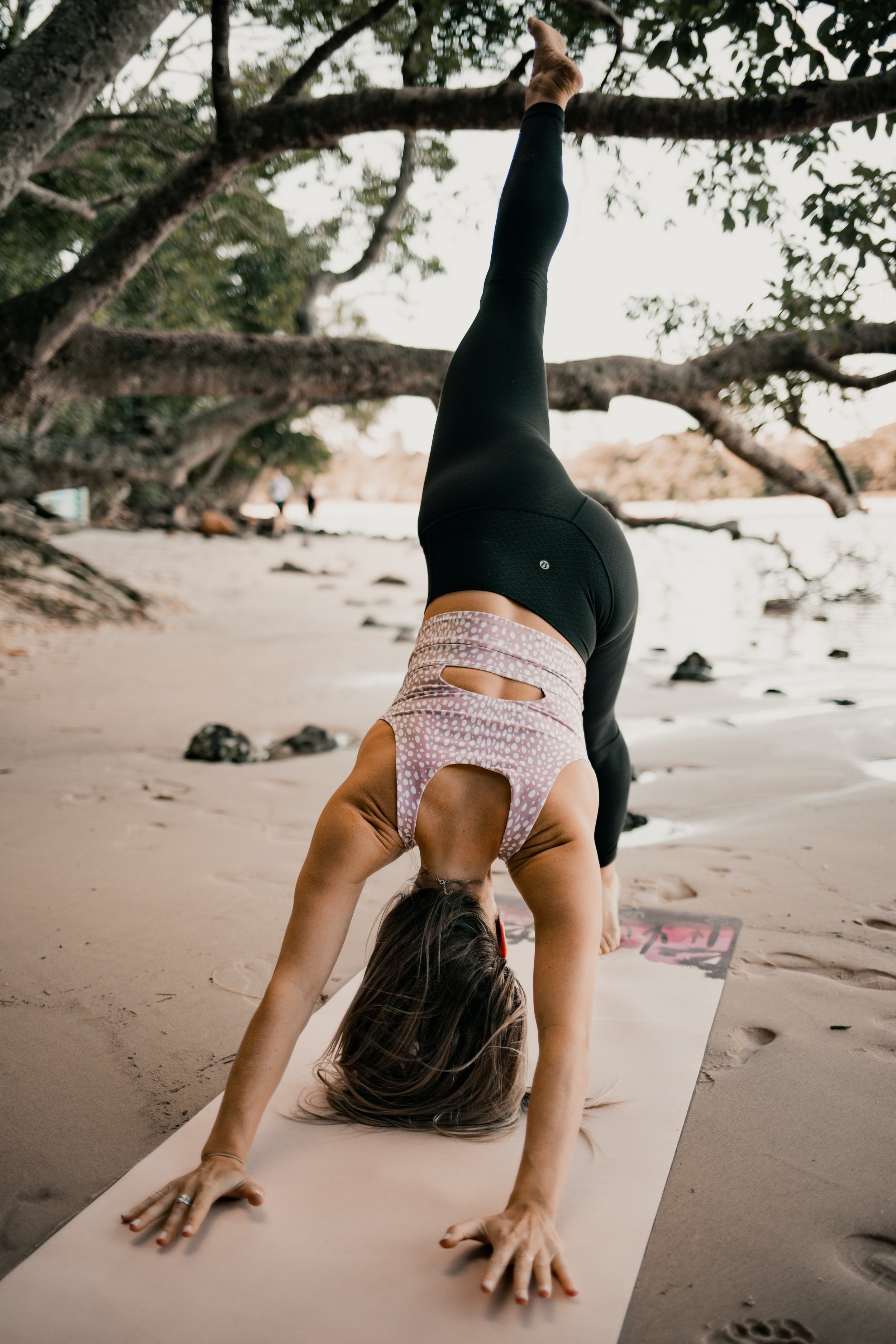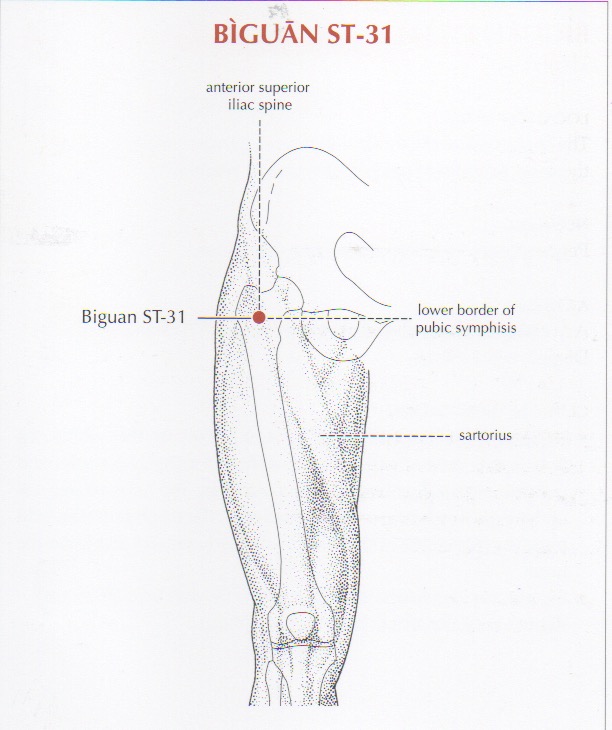I feel like my body is twisted
It’s frustrating going to doctor after doctor and not getting an answer for what’s wrong with you. Why you are in so much pain and why it’s been going on for so long so I write this hoping that I can help at least one person out there.
One day a patient came in reporting pain going from her neck to her shoulder, her hip, her buttocks, and her ankle all on one side. Being in her 20’s, she is very active and likes to do Peleton almost daily and workouts with a personal trainer twice a week. I asked what they do at the gym and she mentioned deadlifting, lunges and squats along with some upper body work with dumbells.
I did some muscle tests and didn’t find any glaring weaknesses but after palpating (feeling the tissues) for triggerpoints, I noticed that her body was twisted. Specifically, her hips were twisted and I said it out loud and she responded “I FEEL twisted!”
She had been to several doctors and physical therapists but she felt worse and decided to come in and give acupuncture a shot. I knew exactly what was wrong and I proceeded to treat it.
She had triggerpoints deep in her hips and her sacrum (tailbone) was stuck. This is why I always recommend seeing an acupuncturist over physical therapists for dry needling. I do lots of dry needling, I just call it triggerpoint release, because that’s really what it is. This was a case where I had to use both acupuncture meridian points and not just release triggerpoints aka ‘dry needle’.
In her case, it took two treatments and I recommended she stop deadlifting at the gym and focus on core exercises. I know once she gets better at stabilizing her core, she can get back to deadlifting and more intense exercises.
Another client came in a couple months ago with the same issue. In this case, she told me she was hypermobile and the pain was clearly unbearable. She had the same thing going on and I was able to treat it. In her case, strength training is going to be a lifelong commitment. I like pilates for this because of the mind/muscle connection.
Twisted pelvis
It isn’t as simple as this, but the common thread I find in people who are twisted is a very tight piriformis. Over time, a tight pirformis can lead to the tissue surrounding the sacrum (tailbone) getting tight and stuck. It’s not as simple as stretching it out, especially if someone is hypermobile. You will need the release that only comes from an acupuncture needle to get those fascial tissues gliding better again.
My guess is that this can happen in people who sit for long periods of time, leading to weakness in the gluteal muscles. If someone has weak gluteal muscles and/or a weak pelvic floor, then they do something like deadlifts or lift heavy boxes at work, this twist can happen.
Once the acupuncture and dry needling are done, working with a physical therapist and/or a skilled pilates instructor or personal trainer is strongly recommended.

















